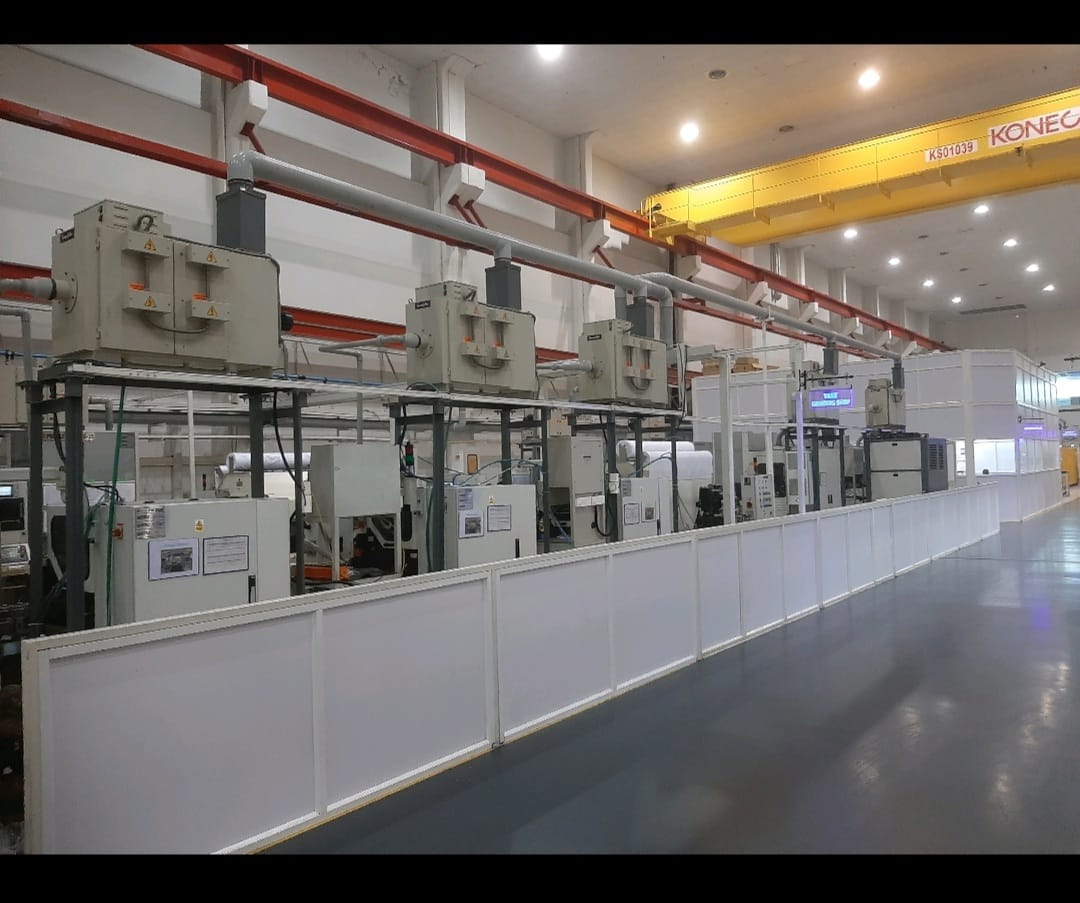What is a LEV System?
A local exhaust ventilation system is one that is designed to capture and remove airborne contaminants at the generation point. This prevents the spread of pollutants like dust, fumes, smoke and mist in the workspace. An LEV plays an important role in ensuring that the shop floor in manufacturing plants are kept safe.
Processes like welding, soldering, grinding or mixing can generate a significant amount of airborne pollutants, posing health risks and potential damage to the equipment and machinery. A well-designed LEV can protect workers from breathing in these hazardous particles by capturing and filtering them.
Makeup of a LEV System
A typical LEV system consists of several parts – suction hood, ducting, blower and filtration. The suction hood captures the generated pollutants at the source and they are carried through to the filters by means of ducting. The blower provides the necessary air flow to provide ample suction to pull in all the pollutants. The filtered air is then released back into the shopfloor or into the atmosphere via means of outlet ducting. Since this type of system evacuates the pollutants directly from the source, it is much more effective in preventing the contamination of the air within the shopfloor as compared to general ventilation, which tried to dilute the contaminants across the entire space.
dilute contaminants across the entire space.
Benefits of Local Exhaust Ventilation
Having a good LEV system also helps meet workplace safety regulations. Many countries have strict rules about air quality in industrial environments. Companies that install proper ventilation show they care about worker health and are serious about compliance. This can reduce the chance of fines, legal issues, or compensation claims.
Besides protecting health, local exhaust ventilation improves productivity. Clean air means fewer sick days and better focus. Equipment stays cleaner and needs less maintenance because dust and fumes are not settling on surfaces. In some cases, controlling pollutants also improves the quality of finished products by preventing contamination.
Proper use and maintenance of LEV systems are essential to keep them working as designed. Regular checks ensure that hoods are placed correctly, filters are clean, and airflow is strong enough to remove contaminants. Training workers to use extraction systems correctly is also important. Even the best equipment cannot do its job if it is not used the right way.
Local exhaust ventilation is not just an optional feature in a manufacturing plant. It is a necessary investment that keeps workers safe, helps meet health regulations, and maintains a clean production environment. Companies that invest in proper ventilation see benefits in health, compliance, and long-term operational savings.

